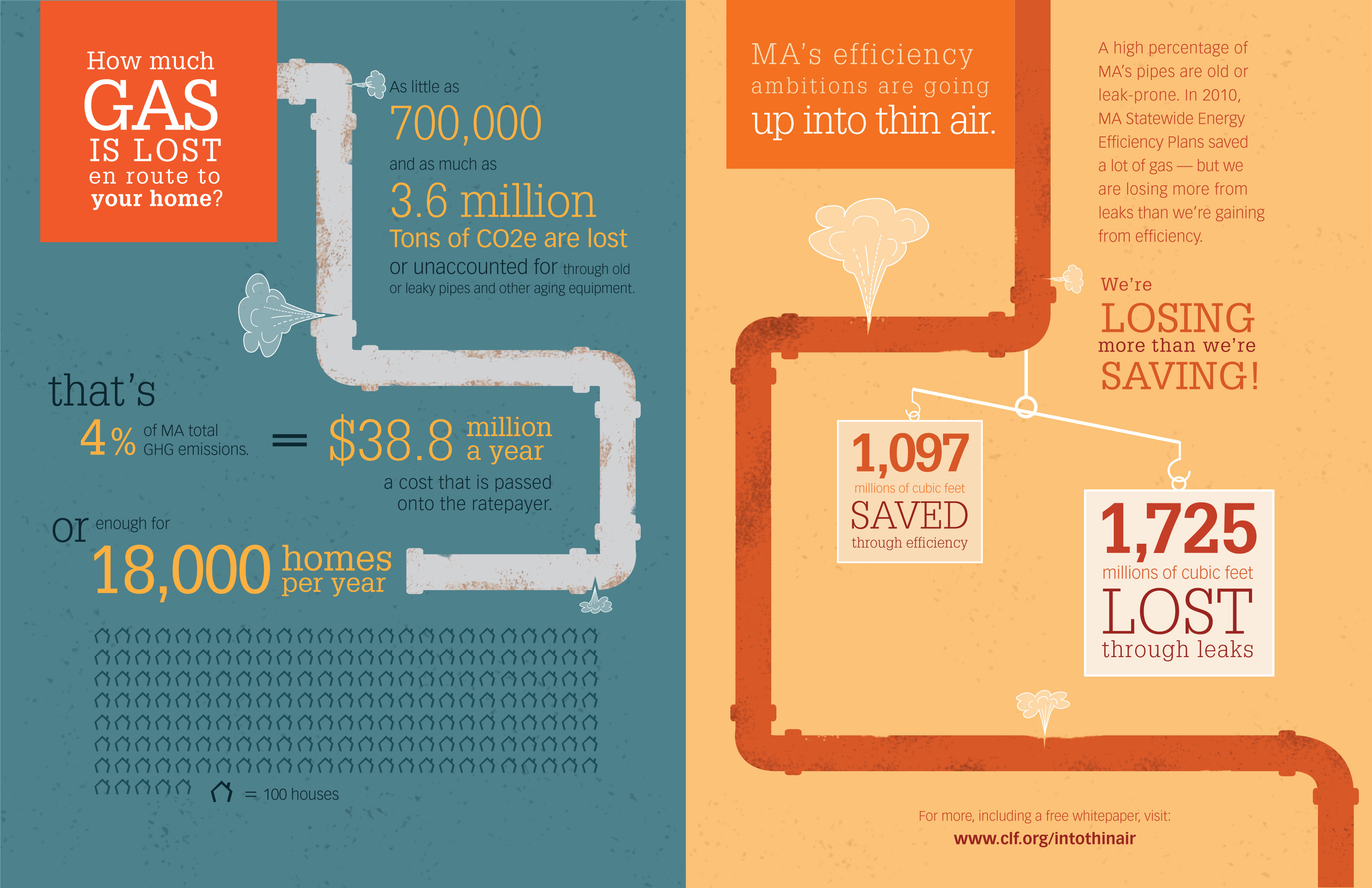When you're planning a roofing installment, it's easy to forget critical information that can result in significant problems down the line. You could be lured to reduce corners on product selection or skip correct flashing installation, but these typical errors can lead to pricey repairs later on. Understanding the relevance of ventilation and adhering to regional building ordinance is vital for an effective project. So, what are the vital steps you should require to guarantee your roofing system stands the test of time? Let's explore some reliable methods to avoid these mistakes.
Poor Material Option
When it involves roof covering installation, selecting the wrong materials can result in pricey problems down the line. You may believe that any kind of roof material will certainly do, but that's a common false impression. It's essential to select products that match your local environment and the certain needs of your home.
For instance, if you reside in a location with hefty rainfall or snow, opting for asphalt roof shingles may not be the very best choice. Instead, take into consideration even more resilient alternatives like metal or slate.
Furthermore, take notice of the top quality of the products you're taking into consideration. Inexpensive materials might conserve you money upfront, yet they commonly lack long life and can lead to frequent repairs or replacements.
You need to additionally think about the design of your home and guarantee the products you choose will certainly maintain its aesthetic allure.
Ultimately, do not neglect to consult with specialists. They can provide useful insights and recommend materials that abide by local building codes.
Investing time in appropriate material option now can assist you stay clear of frustrations and costs in the future, making your roofing project a success.
Inadequate Flashing Installment
Choosing the appropriate products isn't the only element that can bring about roof covering troubles; insufficient blinking installation can likewise develop substantial problems. Flashing is https://jaredvqjdx.like-blogs.com/32258565/usual-errors-in-roofing-installment-and-just-how-to-stop-them for guiding water away from vulnerable locations, such as chimneys, skylights, and roofing valleys. If it's not set up appropriately, you run the risk of water intrusion, which can lead to mold growth and structural damages.
When you install flashing, guarantee it's the appropriate kind for your roofing's style and the local climate. For instance, metal blinking is often more resilient than plastic in areas with heavy rainfall or snow. Make sure https://azdailysun.com/best-roofing-behmer-roofing-co/article_957c43df-c904-5a25-8e7e-4a49a97893e0.html flashing overlaps properly and is safeguarded snugly to avoid voids where water can permeate via.
You ought to likewise take note of the setup angle. Blinking must be positioned to guide water away from the house, not toward it.
If you're unclear concerning the installation procedure or the materials required, get in touch with a professional. They can assist identify the best blinking options and make certain every little thing is mounted appropriately, protecting your home from prospective water damages.
Taking these actions can save you time, money, and migraines later on.
Neglecting Ventilation Requirements
While several property owners focus on the aesthetic and structural elements of roofing system installation, ignoring air flow needs can result in severe lasting effects. Proper ventilation is necessary for managing temperature and dampness levels in your attic, avoiding problems like mold development, timber rot, and ice dams. If you don't install sufficient air flow, you're establishing your roofing system up for failure.
To prevent this mistake, first, analyze your home's certain ventilation demands. A well balanced system commonly includes both consumption and exhaust vents to advertise air flow. Guarantee you've set up soffit vents along the eaves and ridge vents at the optimal of your roof. This combination allows hot air to escape while cooler air gets in, maintaining your attic area comfortable.
Additionally, think about the type of roof covering material you have actually picked. Some products might call for added air flow approaches. Confirm your regional building codes for ventilation standards, as they can vary dramatically.
Ultimately, do not fail to remember to evaluate your air flow system frequently. Clogs from particles or insulation can impede airflow, so keep those vents clear.
Conclusion
To conclude, avoiding typical roofing system installation mistakes is crucial to ensuring your roof covering's long life and efficiency. By selecting the best products for your climate, mounting blinking effectively, and addressing air flow demands, you can avoid costly concerns down the road. Do not forget to acquaint on your own with local building ordinance and schedule regular assessments. With these actions, you'll enjoy a safe, long lasting roof that secures your home for many years ahead. Pleased roofing!
